It’s true. Digital advertising on Facebook is effective and should be a key part of your marketing strategy.
You can run ads within just a few minutes of setting up your account.
And the diverse audience targeting makes it one of the easiest platforms when it comes to online advertising.
You can target household income, spending habits, laser-focused demographics, and more.
But that also produces a major problem for back-end advertisers:
More metrics than you can possibly keep track of.
When marketing reports and KPIs are due by 5 p.m., what numbers are you compiling?
It’s almost impossible to choose because Facebook has so many metrics to pick from and nearly endless data.
And according to TechCrunch, they plan to add even more!
I don’t need to tell you that marketers have busy schedules with a ton on their plate, so adding more complications, more metrics, and more time (that you don’t have) is not going to fly.
So, what do you do? How do you manage it all?
For starters, you come to terms with the fact that you shouldn’t try to manage it all.
Simply put, you need to narrow your focus to track specific metrics if you want to be more productive.
So let’s take a look at four important Facebook Advertising metrics that you need to start tracking ASAP.
1. Real conversions
If you look at Facebook’s “Glossary of Ad Terms,” you can see every metric they currently share with advertisers on their platform.
It’s organized nicely in alphabetical order for you, too:
All those metrics right there? That’s just a small section of the metrics starting with the letter “C.”
When you log in to your Facebook Ads Dashboard and edit the columns, you see more metrics than you can even comprehend:
And those metrics are just under the “Performance” section. They go on and on.
The metrics offered are overwhelming, to say the least.
You simply don’t have the time to spend collecting data on all of them.
So it’s time to focus and prioritize.
Which brings me to this first metric: Conversions.
This should be your primary focus when it comes to Facebook Ad metrics.
It answers the simple question that’s important for all your campaigns:
Are these ads making people complete the action that was intended at a high rate?
If the answer is no, you don’t even need to check any other metrics. You simply need to change your offer, audience, or value proposition.
For example, check out this Facebook Ad that I got from Bonobos, an online clothing store:
What do you think the goal of this ad is?
Well, judging by the “Shop Now” call to action, they clearly want me to purchase one of these products.
This means that whoever is running their marketing and advertising is going to be feverishly checking their conversion data to see the rate at which people are buying.
If it’s too low, it’s a clear indicator that the campaign is not working.
Remember: You’d rather have five clicks and five conversions than 1,000 clicks and five conversions.
Tracking conversions is important because it will tell you if what you’re offering is worthwhile for that audience.
It’s also one of the only metrics that you can easily tie back to ROI.
Conversions should be your top metric in any KPI or marketing report.
But not just any conversion metric.
Conversions on Facebook are diverse. For example, the Ads Manager allows you to track tons of different conversion-style metrics:
So the kicker here is to focus on conversion metrics that tell you end-goal results.
For example, focusing on a conversion metric like “Website Adds to Cart” wouldn’t make sense.
Why? Because it tells you nothing about ROI or closing a sale. It only tells you that someone added your product to their cart.
And guess what? Cart abandonment rates are pretty high when it comes to e-commerce shopping:
If you are tracking add-to-cart conversions, you will be wasting time and money.
More than 73% of the people who add products to their carts on your website will not actually buy from you. And that’s just data from customers on desktop computers.
So those conversions don’t really tell you anything.
Depending on your goals, you are better off tracking metrics like website leads, website purchases, and website conversions:
For your conversion metric, you have dozens of choices. The ones above are just examples of conversion metrics that tie back to sales and ROI.
Just make sure you pick a metric that is relevant to your campaign and shows a direct impact on revenue or closing a deal.
Which leads me to my next metric, which is perfect for accompanying conversions.
2. Cost per result (CPR)
Simply tracking conversions and calling it a day isn’t good enough.
You need a well-rounded marketing and advertising report that shows you more than just sales.
For example, let’s say that you had 1,000 conversions on your latest campaign.
Sounds awesome, right? Of course.
But how much did you have to spend to get those 1,000 sales?
Did you go over your bottom line? Did it cost $30 per sale when your product only costs $25?
Cost per result is a key metric that helps you understand how much you’re spending for each conversion:
So what is a result? The result is what you select as your conversion metric.
It’s the end goal of your entire advertising campaign. For example, website conversions.
And, it’s calculated just like AdWords determines the cost per conversion:
You simply take the total amount spent on that campaign and divide it by the total conversions.
This will give you the cost per conversion (or cost per result, as Facebook calls it).
Here’s what the data will look like in your Facebook Ads Manager:
You should aim to have the lowest possible cost per result on your conversions.
CPR tells you if you are spending too much money on acquisition and cutting into your bottom line.
If you sell cheap products yet have a high cost per result, it’s a good sign that your conversions aren’t valuable in the long run.
Thankfully, there is a simple way to monitor this and prevent the problems before they happen.
Navigate to your Facebook Ads dashboard and create a new rule:
Next, under your “Conditions” section, select the “Cost Per Result” action from the list:
Then set the number for your condition:
The key here is to input your bottom line as the number.
For example, if you sell a $50 e-book, you wouldn’t want your cost per result (conversion) to be greater than $50.
So set it to less than the cost of your product to make sure that you don’t sabotage your bottom line.
Next, you need to decide what the action will be if your cost per result is greater than that specified number:
If you want to send a notification only, you can do that.
If you prefer to automate everything, simply adjust your budget or bid based on the cost per result.
For example, if your cost per result goes too high, you can do any of the following tweaks as a response:
Once you’ve selected your appropriate response, here’s what your completed rule should look like:
This rule says:
If the cost per result is greater than five dollars, decrease my bid by 10% on all active ad sets.
Simple Facebook Ad automation at it’s finest!
Cost per result is just as important as your conversion metrics.
It tells you if you are spending too much to acquire those conversions and can help you dial back your ad spend.
3. Frequency
If you have a low Facebook Ad spend every day, this metric might not be of any concern to you.
But if you are running over $50 in ad spend, it’s definitely one you should track.
So, what is frequency and why does it matter?
Frequency is how often (or how many times) someone is seeing your ad:
Why does it matter?
With a greater frequency, people are more likely to become annoyed.
Think about it:
Have you ever seen or noticed the same ad on Facebook, YouTube, or even your TV? After a while, it can get pretty tired.
I know that it drives me crazy.
Nobody wants to see the same ad dozens of times. It’s just too much and can have an adverse effect.
That’s also bad news for marketers on Facebook because they already understand this problem and give users the option to report the ad:
When someone reports or hides your ad, you risk getting dinged on quality and audience targeting.
And that will drive your costs through the roof.
In fact, Ekaterina Konovalova, a writer for Social Media Today, found that a frequency of 10 resulted in a relevance score of 1 out of 10:
Your relevance score is a rating (from 1-10) that judges how well your target audience responds to your ads.
So it only makes sense that, as you show them the ad more and more, the more annoyed they can become, resulting in a lower relevance score and higher costs.
AdEspresso found similar data on how devastating frequency can be for CTR:
The graph shows that, as frequency increases, CTR decreases and cost per click increases.
That’s not good and means that frequency is a key metric to track when it comes to making sure you don’t waste your budget.
According to that AdEspresso study, it looks like high frequency results in a steep increase in CPC and a nosedive in CTR after just four views.
So limit your ad frequency to just four views per person.
You can use Facebook rules to optimize and automate this process if you don’t want to spend every day checking your metrics and making sure that your frequency number stays low.
To get started, navigate back to your Facebook Ads Manager and create a new rule:
From the dropdown list be sure to select “Frequency” as your new condition:
Apply “4” as the greater-than value.
This will ensure that once your frequency passes four, your end action will automatically kick in.
For the action, I’d recommend pausing the ad set:
This will save you the trouble of coming back into the Ads Manager and tediously fixing it on your own.
Frequency is crucial for lowering ad costs, staying in the good graces of your customers, and increasing conversions.
4. Click-through rate
Click-through rate (CTR) is a simple yet critically important metric.
Facebook describes it as the percentage rate at which people clicked your ad, relative to impressions:
It is calculated by taking the total number of clicks on your ad and dividing it by the total impressions.
For example, if you had 50 clicks and 1,000 impressions, you’d have a CTR of 5%.
So, why is CTR so important?
Mainly because it tells you a few important data points with regard to your campaigns:
- If your audience targeting is good
- If your ad creative is compelling enough
- If your offer is good enough
Essentially, if you have a high CTR, you know that your audience targeting is on point.
It also demonstrates that your creative and ad copy are compelling enough to drive interests and clicks.
Lastly, you know that your offer is good enough to get people to drop what they’re doing and click on your ad.
If your ad CTR is low, it’s telling you that something just isn’t working.
For example, check out this ad I got from LinkedIn:
It’s totally relevant because at the time I got it, I wasn’t a premium member using their Sales Navigator platform.
It was just the perfectly relevant ad to compel me to click.
The content, copy, and creative were all targeted to me.
But what if I already had the Sales Navigator platform and saw this ad?
It would be totally irrelevant and would result in a lower CTR for LinkedIn.
CTR is a metric that is often underrated. It packs tons of data lying beneath the surface of what seems to be a vanity metric.
A great way to monitor and capitalize on CTR as a metric is to create another rule.
If your CTR is skyrocketing past even the 2-3% range, you have struck gold.
According to WordStream’s 2017 Facebook Ad CTR Study, the average CTR in Facebook Ads across all industries is .90%:
That’s pretty low. It basically means that anything over 2-3% should get you jumping for joy.
When it comes to B2B ads, the CTR is only .78%. Even e-commerce and retail-based ads are under 2%.
You know that people are interested in your offer when you’ve got more than a few percent clicking through.
And you need to milk this for all it’s worth.
Create a new rule that increases your daily budget by a specific percent when you hit a certain CTR.
For example, you can set up a rule like this:
This rule simply says: If the CTR on a given ad is greater than 2%, increase my daily budget by 25%.
You want to increase your budget to keep the high click-through rate coming. And you want to bring in more of these clicks as quickly as possible.
CTR is an often misunderstood metric that people leave on the backburner.
But CTR is extremely informative when it comes to understanding how well your ads resonate with your audience.
Be sure to track this metric in your next advertising report.
Conclusion
Social media platforms like Facebook are some of the best places to run advertisements.
They make it easy-peasy for any marketer.
You simply plug in your credit card information and start creating ads.
But what happens when those ads start to get traffic, engagement, and views?
You start to see countless metrics pile up in your dashboard.
You’ll get data that ranges from relevance score to frequency and everything in between.
These are great-to-have numbers, but not exactly need-to-have numbers, and focusing too much on all of the moving parts can bog down your efficiency.
It’s best to pay attention to a few key metrics.
Start by focusing your primary attention on conversions.
Conversions should be your number one priority — always. Conversions, sales, and ROI are the name of the game when it comes to Facebook metrics.
If you aren’t turning a profit, then advertising isn’t doing what it’s supposed to be doing for you.
Next, focus on cost per result. This metric is closely related to conversions because it shows you how much you are spending to land each conversion.
If you are spending too much, you need to tone it back using Facebook rules.
And don’t forget how crucial frequency is. The more times someone sees your ad will mean higher costs and lower CTR.
Lastly, you need to focus on click-through rate. It’s the biggest metric when it comes to assessing your offer, creative, and value proposition.
If you have a low CTR, it’s likely because you aren’t creating compelling ads.
It’s really easy to get caught up in Facebook’s Advertising platform and the countless metrics they give you.
Hone in on these four metrics to drive efficiency and growth and save you some valuable time.
What are the top Facebook Advertising metrics that you focus on?

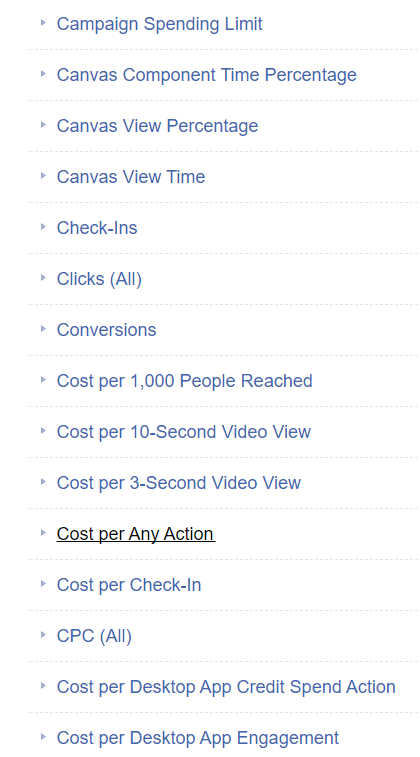
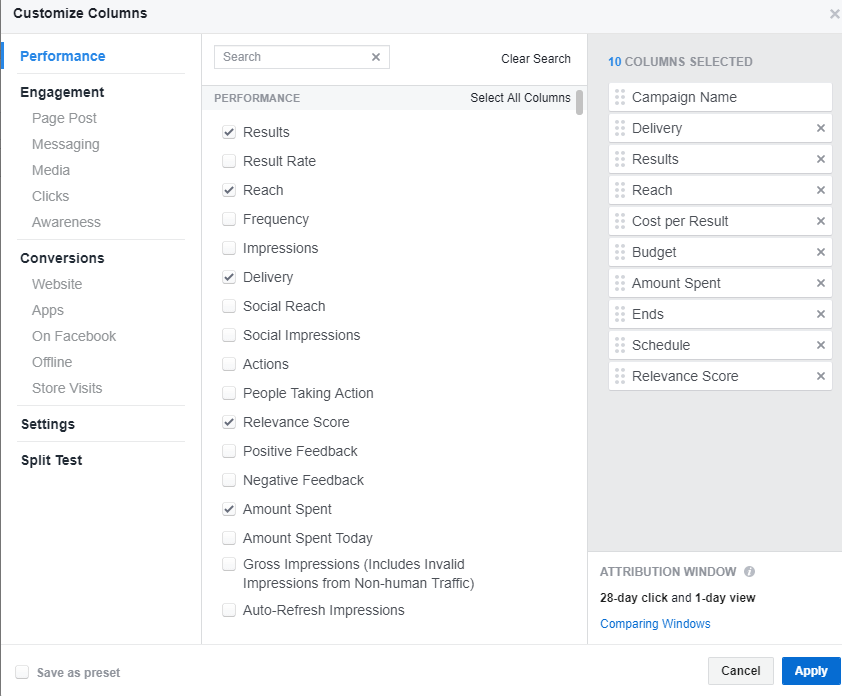

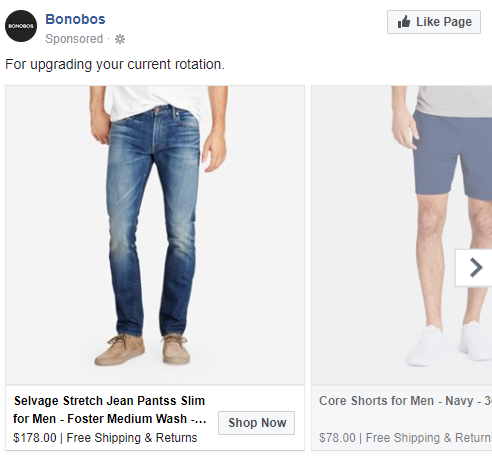
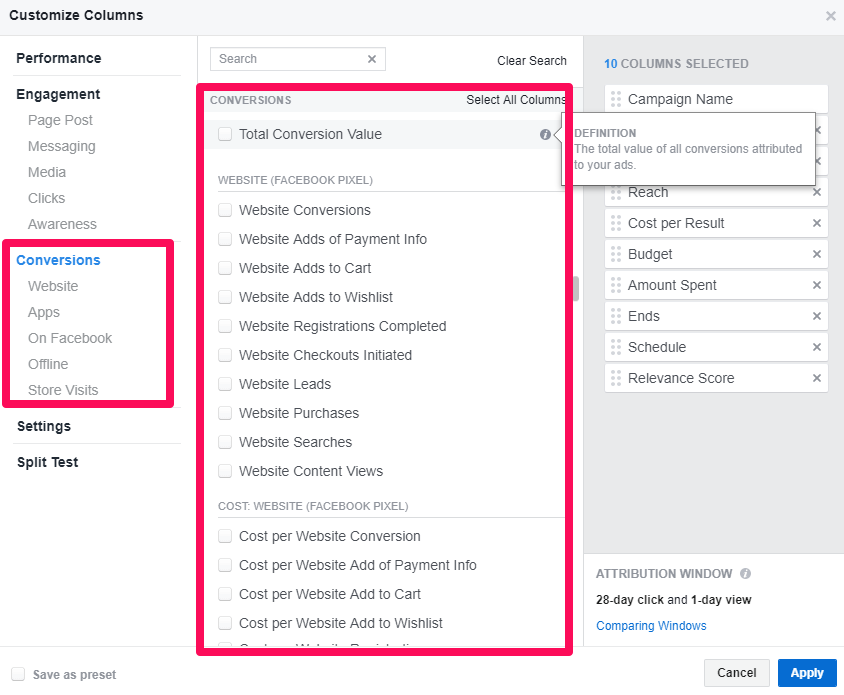

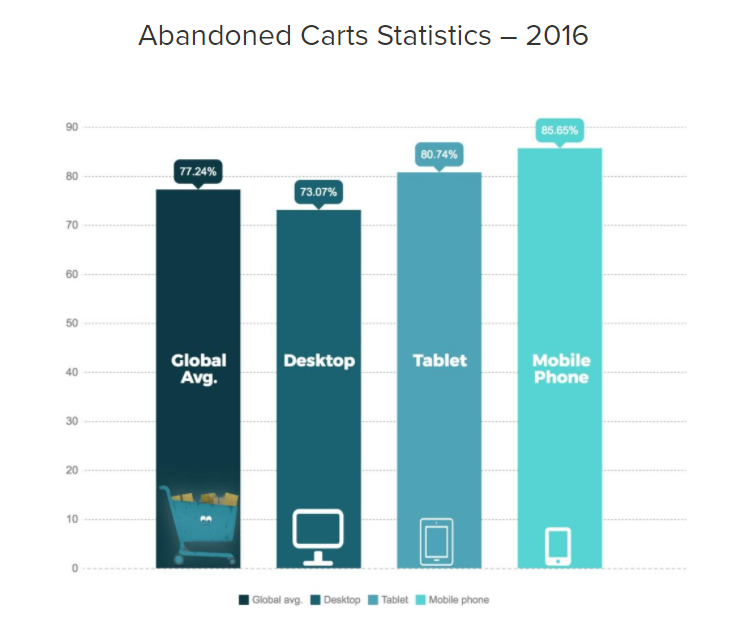
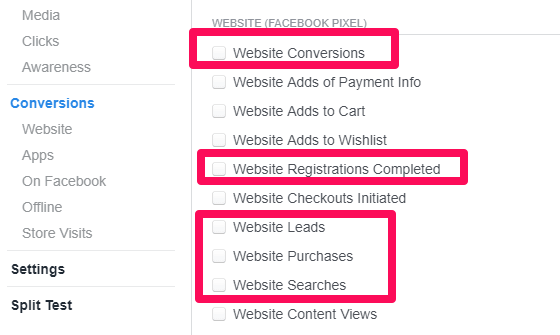


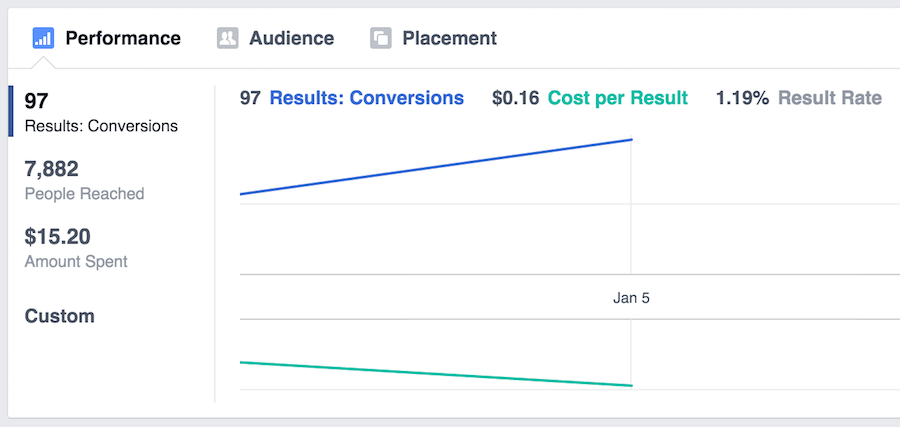

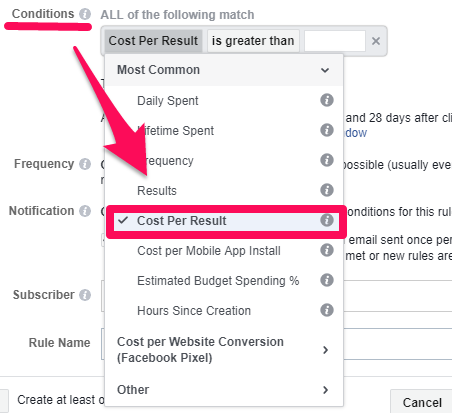

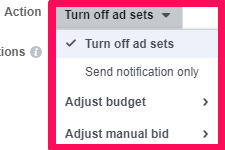
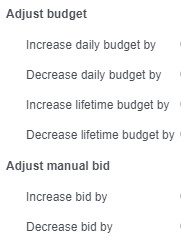
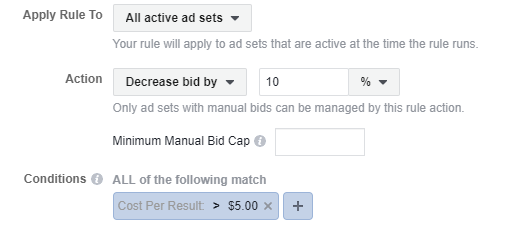

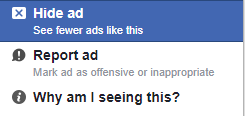

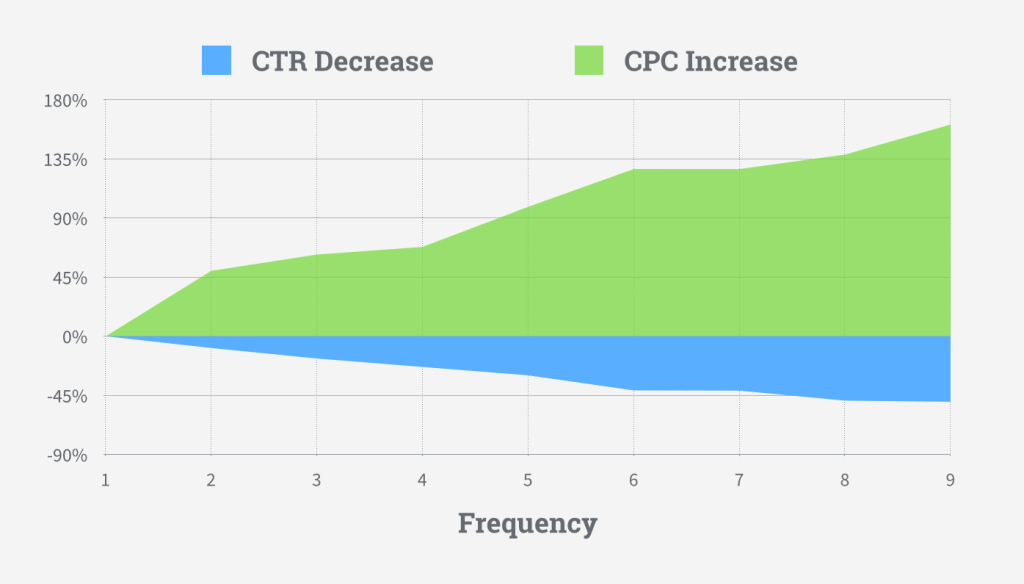





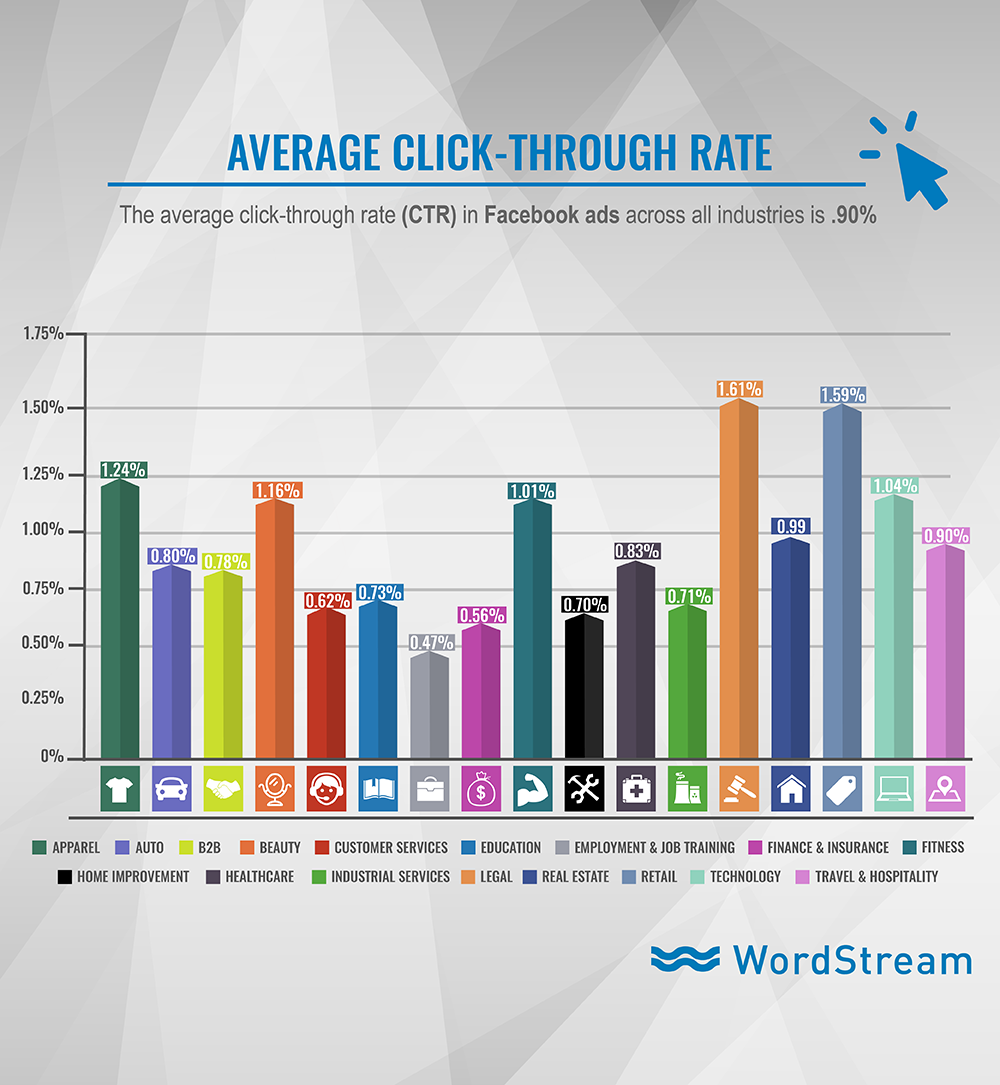
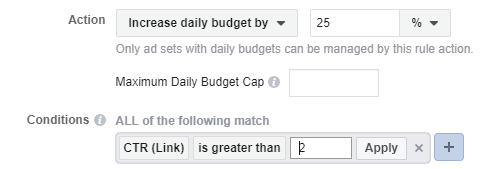
Comments (6)